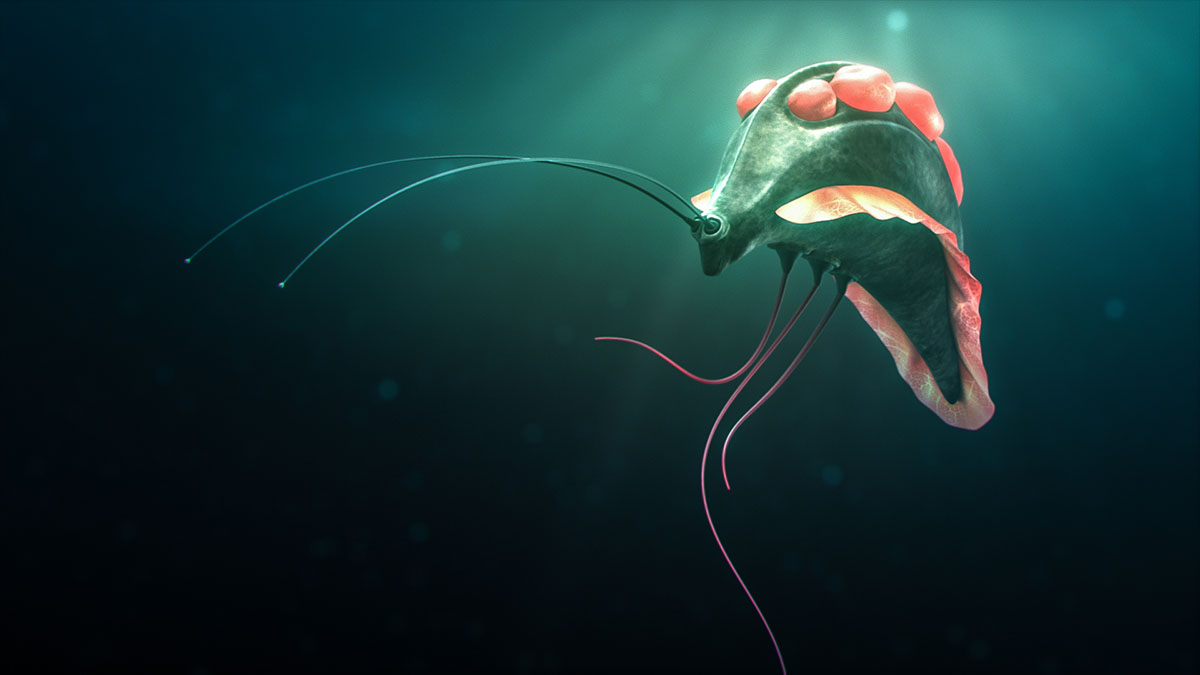convergent evolution and astrobiology

If you’ve ever taken college level science classes or follow some popular science publication, you’ve probably heard of the concept of convergent evolution, the recycling of various biological forms among species which parted ways tens of millions ago if not more. Basically, convergent evolution looks at biological processes as manifestations of a biological algorithm producing certain solutions which tend to be the best fit for our planet and its environment. It’s not that these solutions have to be identical because the nature of evolution wouldn’t allow that, but that we’ll see quite a few best-fit patterns in the biosphere. And for thinkers like Simon Conway Morris, this prompts the question of whether the same concept would apply on alien planets, and ultimately, if intelligent extraterrestrials would come awfully close to resembling us. Personally, I wouldn’t bet on that…
Were this idea right, Avatar would be the most scientifically accurate movie made so far with its portrayal of the biosphere of the fictional moon of Pandora. But such things like body plans and locomotion are inherited and depend on the starting points for evolutionary change. If six finned fish thrived in the seas of the Silurian, many amphibians of the Devonian would’ve had six legs and today’s chordates would be hexapods. Humans would walk on four legs and use two arms. Or wouldn’t exist at all since there had to be a long chain of mutation and selection to get to the point where a key mutation in the MYH16 gene could’ve happened and helped expand hominid brains through millions of years of hunting, gathering, escaping predators and inventing tools.
When it comes to evolution, the only requirement is survival, so aliens with a different starting point for their lineages would just try to cope with their planet’s environments the best they can, coming up with their own solutions to finding food, predation, and getting around. And if some of them do take to the air or end up as tetrapods, will we call it convergence and make a big deal out of it?
That’s the interesting thing about evolutionary convergence. Its definition seems to be rather broad, attributing the ability to fly using wings in bats and birds to a best-fit evolutionary solution despite the fact that bird wings use feathers and bat wings use skin. Do we really need to place this much importance on the similarities we see in the fauna around us? And can we look at it as the manifestation of an evolutionary algorithm instead of noting that as far as we know, all life on our world came from a small number of common ancestors and has been recycling and modifying their genes ever since?
Given a finite gene pool as a starting point, should there be any surprise that similar structures are evolving even in species widely separated by mutations and natural selection? What are the odds that an alien life form would also evolve camera eyes or wings without having a means to form these features in its hereditary mechanisms? Plus, if it does evolve something that looks like an eye, or a pair of wings, should we point and shout “ aha! convergence!” while waiting for it to turn into a very tall and skinny blue hominid with a complex animistic religion?





